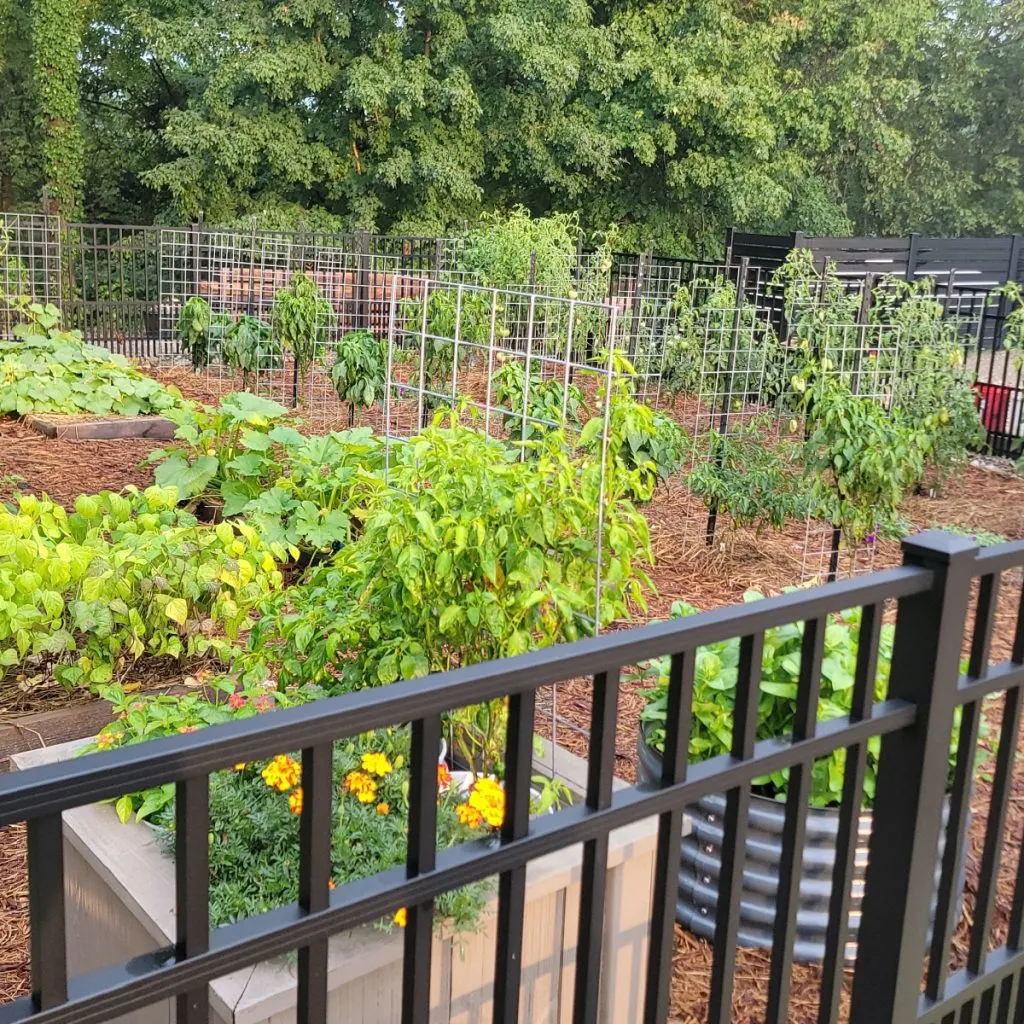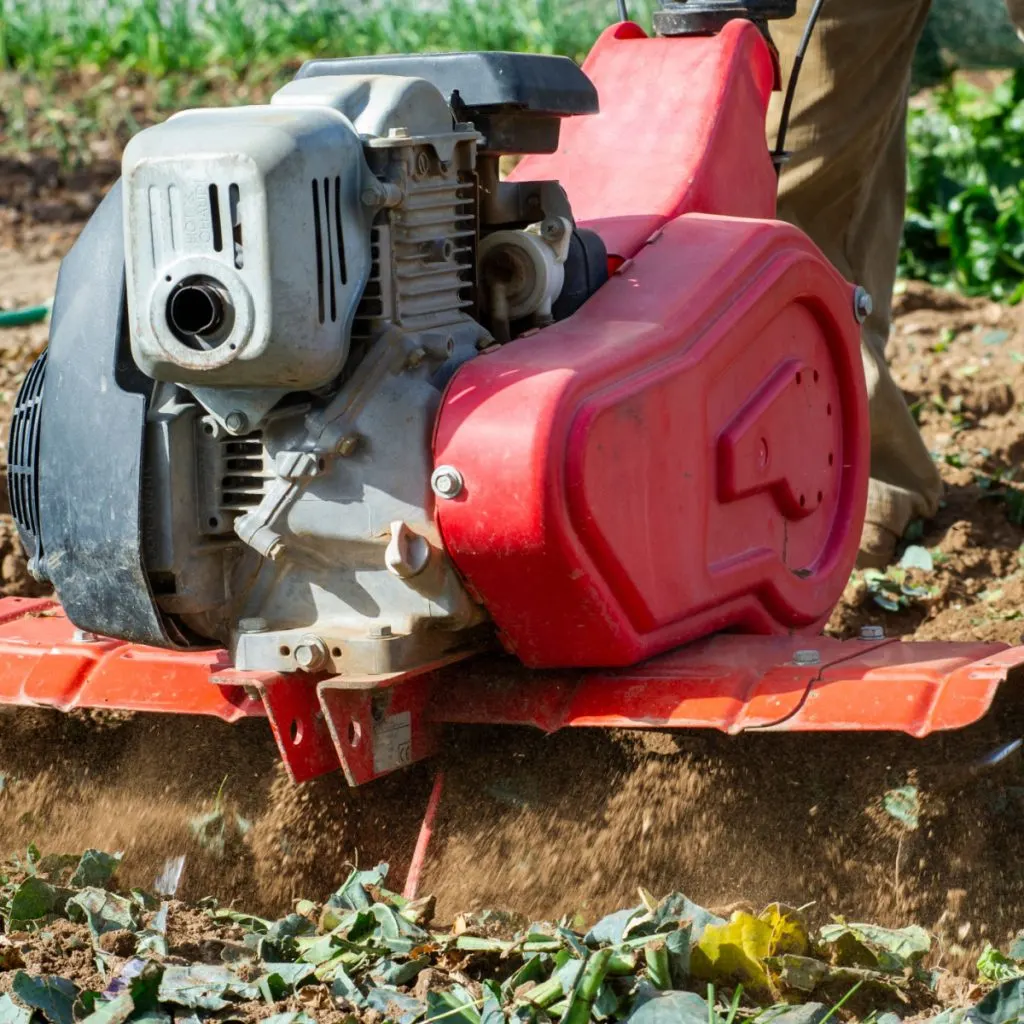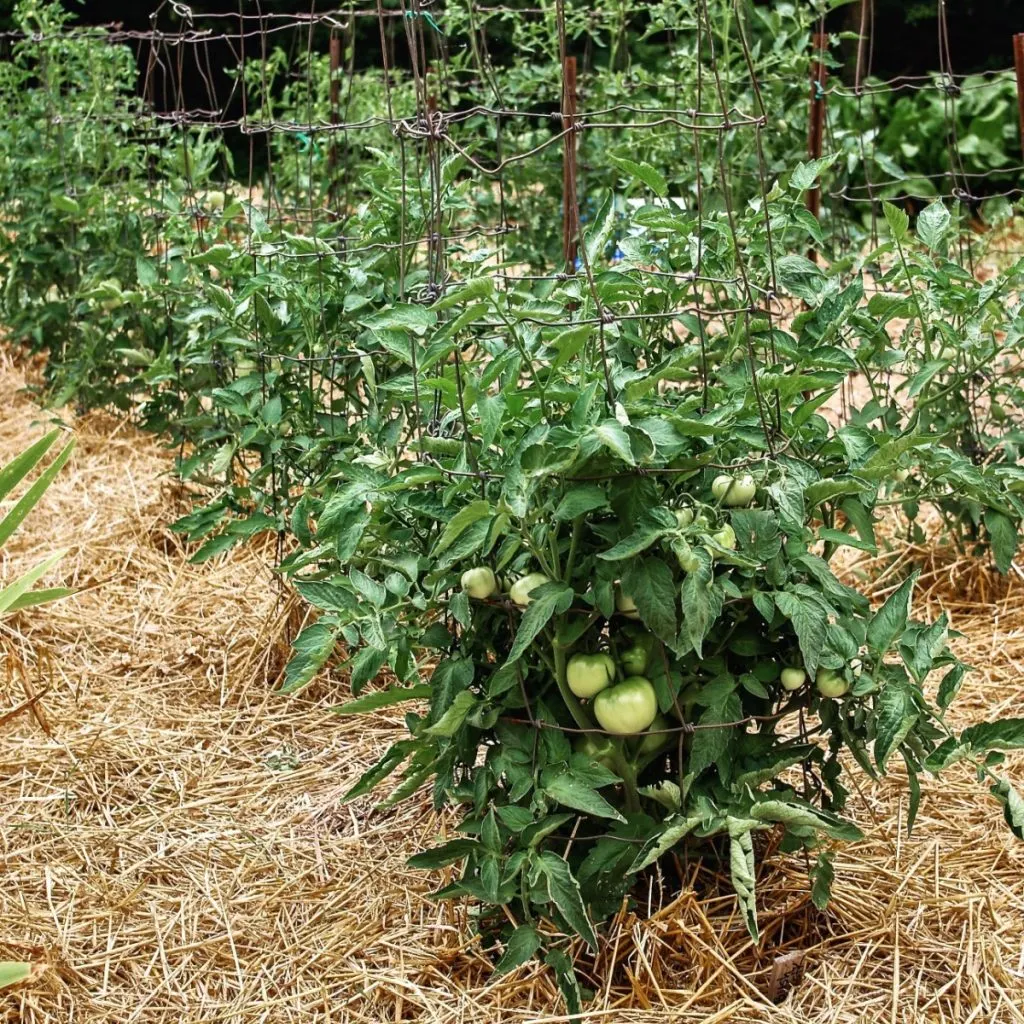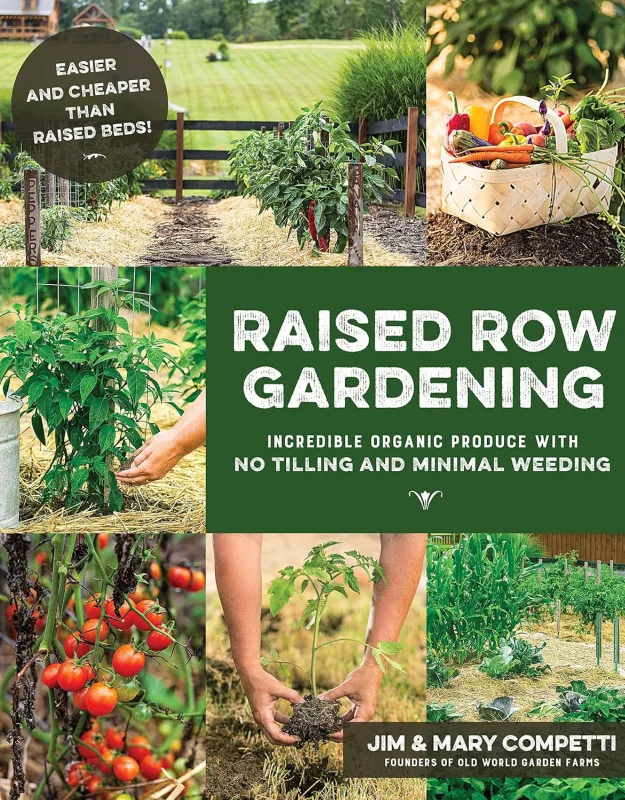Looking for a few simple secrets to truly have a weedless vegetable garden this year? Believe it or not, not only is it more than possible – you can accomplish the task all by actually working less – and not more in your garden this year!
Every year, as garden season begins to heat up, the questions roll in. How can I keep weeds from overtaking my vegetable garden? Or – what can I do to cut down on weeding chores?
The simple truth is, maintaining a weed-free or nearly weedless garden doesn’t require massive amounts of labor or effort. In fact, it really doesn’t involve anything more than implementing a few simple weed-creating and weed-stopping methods. Methods that can reduce and even eliminate weeds and weeding chores without hardly lifting a finger!

How To Have A Weedless Vegetable Garden – By Working Less!
The simple truth is that all too often, a gardener’s hard work actually leads to more weeds – and then even more work! But it doesn’t have to be that way. Here are five simple things you can do to stop weeds – all by working less.
1. Put Away The Rototiller
Many of the weeding problems faced by gardeners result from overworking the soil. And the biggest culprit when it comes to that issue is the rototiller!
There are a host of weed seeds sitting on top of the soil. All simply waiting for a chance to be “planted” in the soil below. And it is the rototiller that comes to their rescue time and time again to help plant them.
An annual spring ritual for many gardeners is tilling the garden. And every time that occurs, it helps to create a season-long battle with more weeds than ever before. The same goes for every time a rototiller is fired up during the growing season to “till under” weeds between rows.
Unfortunately, it only helps in creating even more weeds in the coming weeks. It becomes a never-ending cycle that is not only a huge waste of time and resources, but one that destroys a soil’s healthy structure. As you will see in a moment, there is actually is a far better way to get rid of weeds – with far less work.

2. Put Away The Rake & Hoe – How To Have A Weedless Vegetable Garden
We have already talked about the issues of tilling when it comes to weeds. But what many gardeners don’t realize is that hoeing and disturbing the soil is also a huge factor in creating more weeds during the growing season as well.
Every time a hoe or spade is used around plants, weed seeds on the surface find a home to sprout. The same goes for disturbing the layer of mulch on top by raking or turning it.
Instead of hoeing weeds and disturbing the soil, garden maintenance should be limited to simply pulling the few weeds that appear. For this, the only tool you really need is a basic stand up weed puller, which makes pulling weeds effortlessly without disturbing the soil. Affiliate Link: Grampa’s Weeder – The Original Stand Up Weed Puller Tool
3. Mulch. Mulch. And Mulch Some More! – How To Have A Weedless Vegetable Garden
So if you shouldn’t use a rototiller, and you shouldn’t constantly rake and hoe the soil – how do you take care of weeds? The answer is with mulch! Mulching a garden correctly is one of the easiest and most effective methods for creating a weedless and healthy garden.
Listen In To Our Podcast On How To Keep Your Garden Weed Free With Ease!
The simple truth is this: bare soil = weeds, and lots of them! Bare soil allows blowing and drifting weed seeds to find a home. A home where they can sprout and put down roots. But when you use mulch to protect the soil, the seeds that find their way into the garden can’t find an easy path to the soil.
A heavy layer of mulch also helps suppress existing weeds and weed seeds already buried in the soil below. Even more, it insulates the soil and helps to retain moisture – both of which are huge keys in helping vegetable plants develop to their maximum potential. See our article: The 3 Biggest Mistakes Made When Mulching Vegetable Plants – And How To Avoid Them!
Keeping Soil Covered – How To Have A Weedless Garden
The best recipe for success is to use a combination of mulch in your vegetable garden to keep the soil covered and powered year round.
In areas where you only walk, you can use a heavy 4 to 6 inch layer of shredded bark. In the growing rows, use a thick four inch coating of either straw, grass clippings or shredded leaves – or a combination of all three.
Then, and this is big – keep that garden soil covered all through the winter. The best way to do this is with a cover crop. It can protect soil – and recharge it all at the same time. (More on that at the end of the article.)
This combination of both traditional and living mulches year round keeps the soil covered from start to finish. And in the process, all but eliminates weeds to create a wondrous weedless garden – with ease!

4. Be Consistent – How To Have A Weedless Vegetable Garden
If there is one simple key that really puts this all together – it’s being consistent with your visits to the garden.
A simple 5 to 10 minute a day stroll through your garden is the best line of defense for total weed control. But remember that spending 70 minutes once a week in the garden is not the same as spending 10 minutes each and every day of the week.
Weeds and the problems they cause multiply at a fast rate when left for days on end. Pulling a few weeds from a mulched garden will take just a few minutes of work every day. But left to go for days or even weeks, those problems multiply exponentially.
5. Planting A Fall Cover Crop – How To Have A Weedless Vegetable Garden
We mentioned cover crops earlier in the article, but now it’s time to see just how much they help in creating a weedless garden.Cover crops planted in the fall keep the garden soil covered from incoming weed seeds, all while rejuvenating the soil below.

Cover crops also add organic matter to the soil, can help fix nitrogen and other nutrient levels for the following season’s crops, and help to keep soil from eroding from rain and snow.
But best of all – they totally eliminate the need from ever needing to use a rototiller again! Fall planted cover crops can simply be mowed off and planted through in the spring. That means soil never has to be disturbed, and moreover, weeds never have the opportunity to sprout.
Here is to having your own weedless vegetable garden this year – all by working far less than you ever thought possible!
Simple Garden Life
Follow Our Facebook Page For Even More Great Tips! Simple Garden Life Facebook Page
Simple Garden Life is a website dedicated to keeping gardening fun, simple and enjoyable! We publish two new articles each week along with a new garden podcast episode every two weeks. This article may contain affiliate links.
